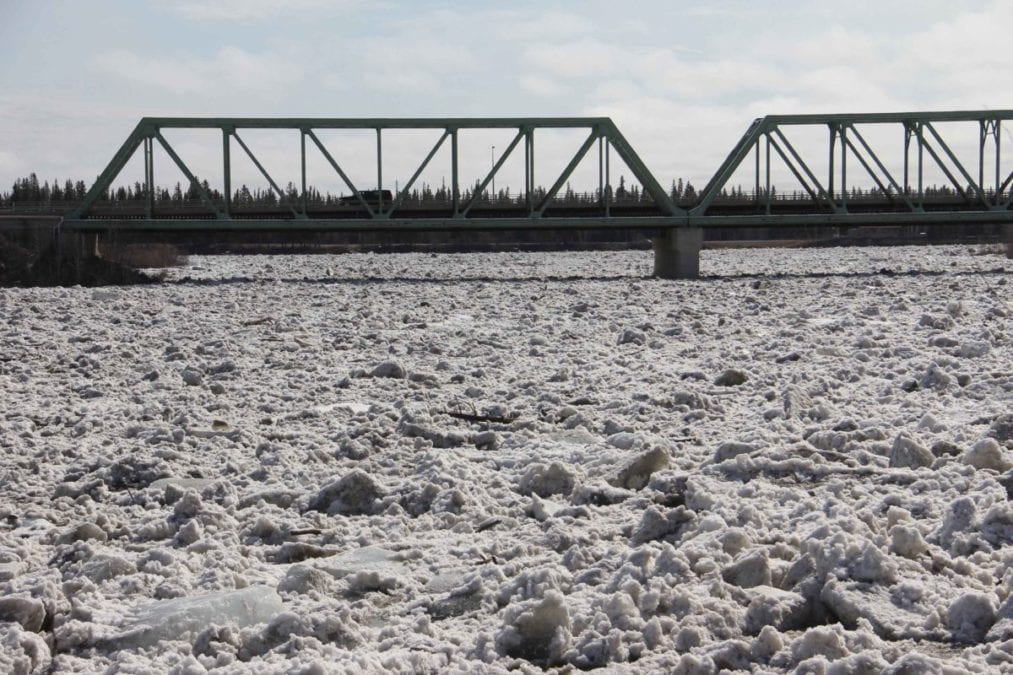
NNSL file photo
Just a few days after a boil-water advisory had been lifted in the Hay River area, a new one was announced on June 19.
Dr. Kami Kandola, the NWT's chief public health officer, once again advised all residents in Hay River, Enterprise, Kakisa and on the Hay River Reserve to boil their drinking water for at least one minute.
"This advisory is precautionary in nature, and is due to a reoccurrence of higher than normal turbidity (muddy water)," the advisory states. "There have been no illnesses associated with drinking water reported in the community."
An earlier boil-water advisory had been issued on May 13 and remained in place for over a month before being lifted on June 16.
"We are disappointed that we had to reissue it," said Mike Auge, director of public works with the Town of Hay River. "We were kind of hopeful that the levels would stay where they need to be."
However, he noted the turbidity levels started to rise again on the evening of June 18 and testing on June 19 showed levels over the limit.
"So we sent the information off to Public Health and they reissued the order," said Auge.
The town official said there had not been a major spike in turbidity levels.
"There was enough of a spike that we did go over the required levels," he said.
Auge explained the turbidity levels had been acceptable for five days before the first boil-water advisory was lifted.
"It wasn't up to the quality that we get at our best, but it was better than the required limits so we were hoping that would stay," he said.
The initial advisory was issued because of muddiness in the water of Great Slave Lake as a result of the spring breakup of the Hay River.
Auge said the same factors created the second advisory, especially high volumes of water coming out of the river.
All four communities impacted by the boil-water advisory are serviced by the same water supplier, which gets water from Great Slave Lake.
Aside from this year, the most recent boil-water advisory in the Hay River area was in 2018 for just five days.
There were also boil-water advisories in 2007, 2008, 2009 and 2011.
The drinking water comes from an intake pipe eight kilometres out into Great Slave Lake.
The intake pipe, which was built in 1977, will be inspected this year for the first time since 1994.
The $50,000 project is set to take place in August.